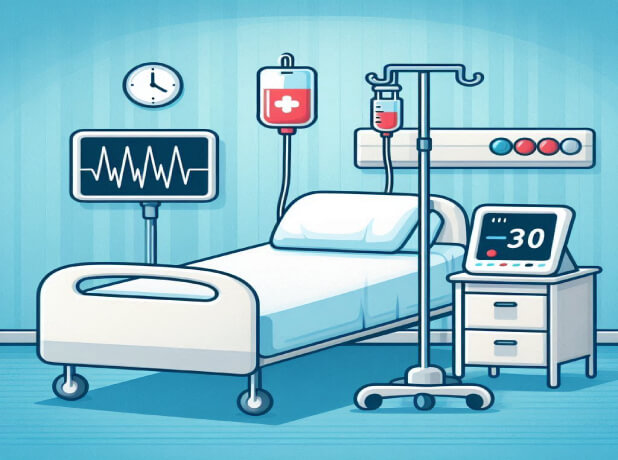Abstract
Injury to the spleen is one of the most common solid organ injuries in blunt trauma1. Following the primary and secondary survey in an injured patient, the potential dynamic alteration in the event of ongoing haemorrhage should be kept in mind. A sick patient should be in the operating theatre unless response to resuscitation and appropriate resources are available for simultaneous resuscitation and diagnostics (for example, a hybrid suite) that would allow rapid intervention. Hence, the response to any physiological challenge takes precedence, always. That said, cohort studies and large registries suggest that most isolated splenic injuries (up to 90 per cent) can be managed without an operation. However, angioembolization may play an important role in non-operative management. Concomitant injuries or risk factors may influence the success of non-surgical management. This article addresses some aspects in the evaluation and management of patients with splenic injury after blunt trauma.
This is an Open Access article distributed under the terms of the Creative Commons Attribution License (https://creativecommons.org/licenses/by/4.0/), which permits unrestricted reuse, distribution, and reproduction in any medium, provided the original work is properly cited.

